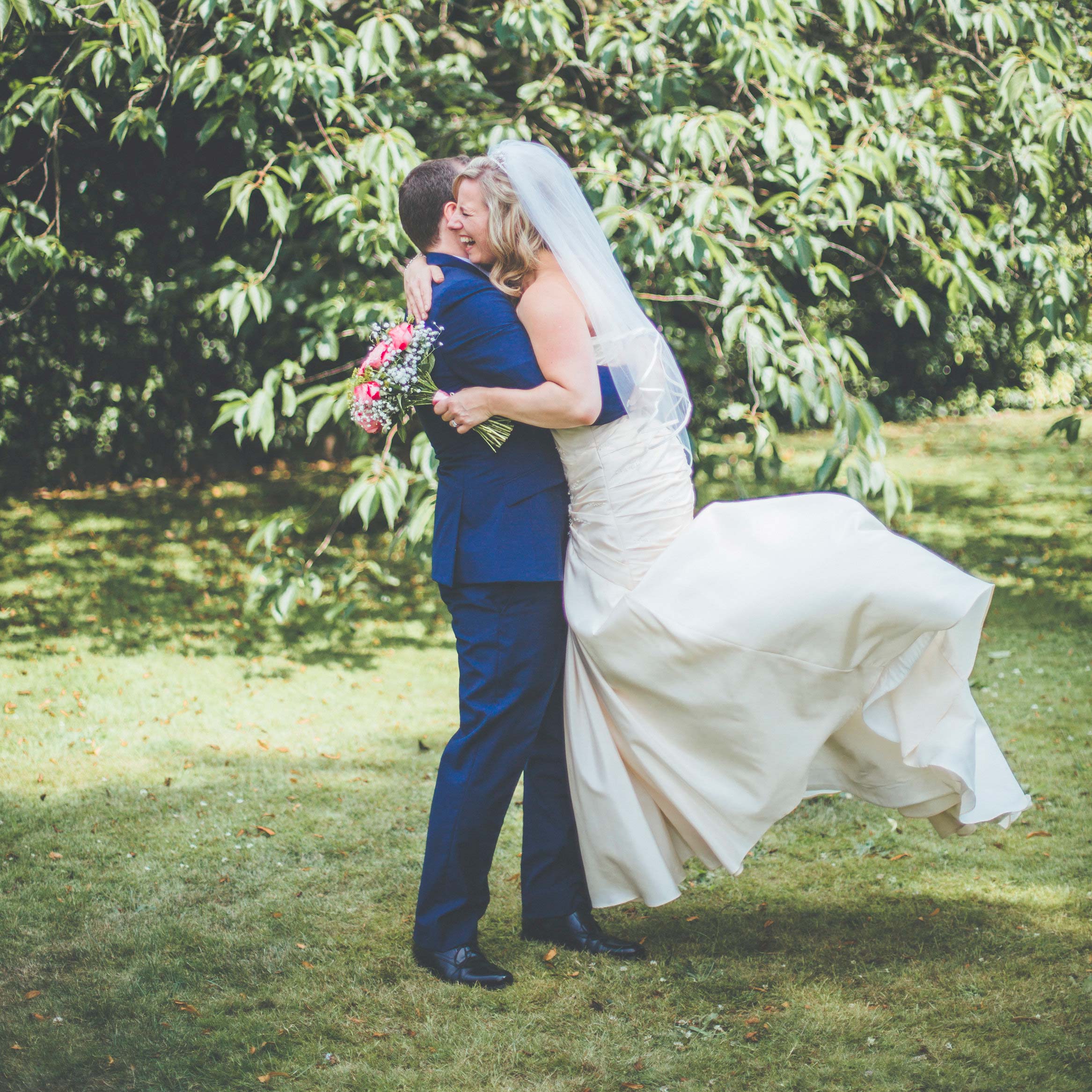
Wedding Ceremonies – The Wedding Order
A wedding is an occasion in which two individuals are legally bound in matrimony by marriage. Wedding traditions and customs differ greatly between various cultures, religious groups, cultures, geographical regions, and socio-economic classes. In some societies, wedding ceremonies mark the transition between adolescent years and adulthood. In other societies, however, wedding ceremonies mark a definitive and legal union between two adults.
Weddings occur for a variety of reasons. The bride is usually the main goal of the ceremony, but the groom is always a secondary objective. The bride’s family may be in charge of arranging the venue, while the groom’s family often provides funds for the wedding. Regardless of the bride and groom’s families’ roles, both parties usually expect the wedding to have a traditional or prescribed structure.
In contemporary non-religious weddings, the wedding ceremony order varies widely from culture to culture. In most cultures, the first wedding ceremony that occurs is the exchange of “hail” (i.e., the exchanging of rings), followed by “wedding bread” and “blessing”. In the United States, aside from “wedding bread” and “blessing”, other popular wedding ceremonies include “parade” and “walk the bride”. Most European and Asian cultures require a bridal shower in which guests give gifts to the bride and groom as a way of formally announcing their presence at the wedding. The wedding dinner, which is the gathering following the wedding ceremonies, is also expected to conform to a certain pattern.
Some of the more popular elements of the traditional wedding order are the wedding rings and the matching wedding bands. For Jewish and orthodox couples, the wedding ring symbolizes the couple’s everlasting commitment to God, while non-Jewish and liberal couples use the wedding band to symbolize their marital status. Bridesmaid gifts are given first to the bride, and then to the groom. Afterward, both bride and groom exchange rings.
As for the wedding ceremony order, the main thing that all wedding ceremony orders have in common is the presence of the guests at the wedding. The wedding guest list consists of everyone who is invited to the wedding; family and friends who have agreed to attend. In some traditions, it doesn’t matter who the guests are, but instead, it’s assumed that each guest has an intention to be there. This means that a couple may have a large number of children or a disabled child who could not attend the wedding if they choose. Similarly, the wedding guest list may be long if there are members of the extended family who have travelled from far away to attend the wedding.
Traditionally, the customs at these ceremonies vary widely between countries and cultures. It is up to the bride and groom to create the customs that suit them best. For instance, in Jewish weddings, the women are considered to be the guardians of the family and the bride must take care of her responsibilities. Her position is similar to that of a modern day mother. In Arab and Islamic weddings, the bride and groom are welcomed by the relatives and guests and their hymns play an important role in the wedding ceremonies.